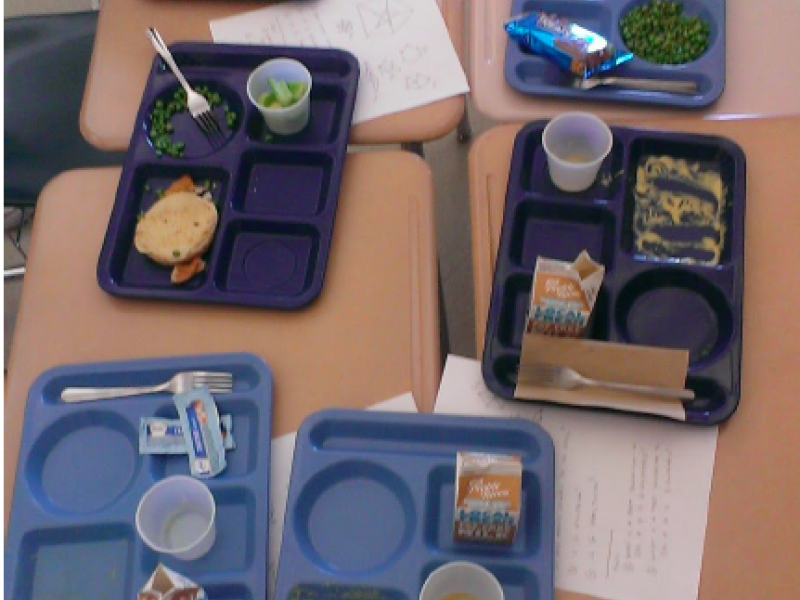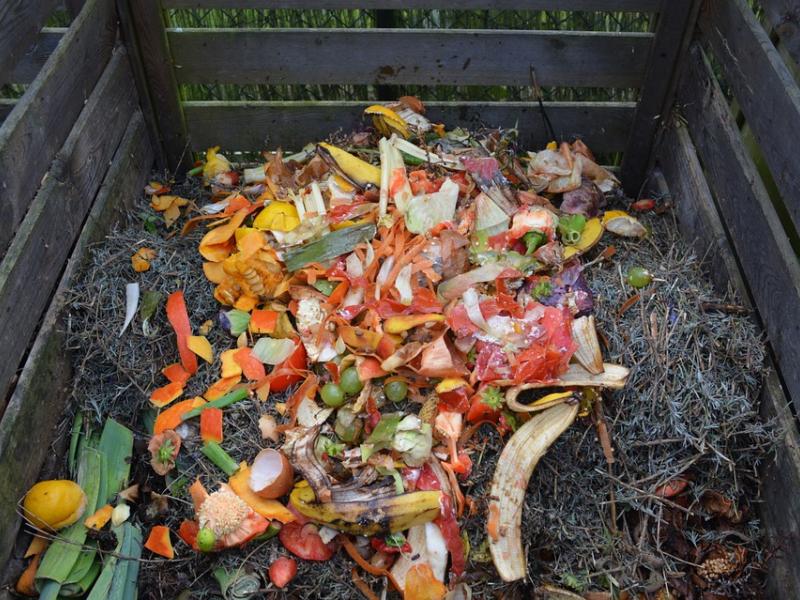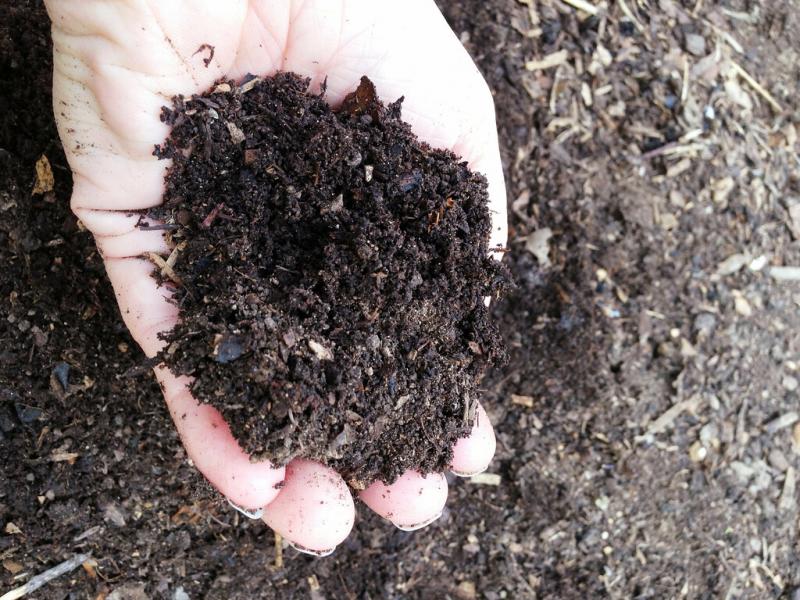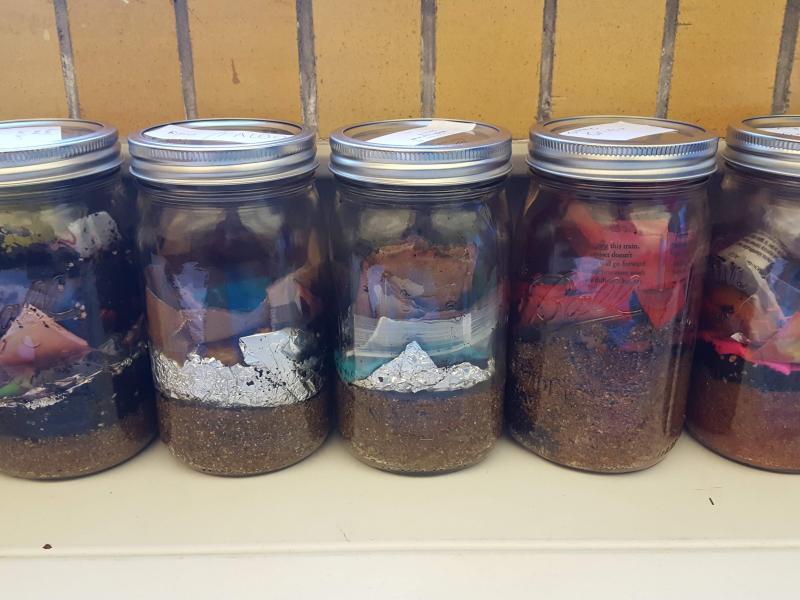About This Unit
In this unit, students investigate an everyday phenomenon: food waste in the school cafeteria. Students observe other classes during lunch as they throw away their food scraps and packaging, or watch a video typical of a lunchroom experience. Students record their observations and “wonderings” while in the cafeteria. Back in the classroom, the class develops a Driving Question Board (DQB), that helps generate ideas for investigations. Their questions drive the flow of the unit. Students plan and carry out their own investigations to answer these questions, which includes designing a landfill, classroom composting, and food waste audits at school and at home. Students collect information from their households and from the school to better understand the ways that their community is engaged in waste reduction. The unit culminates in a school- or community-specific action plan that the students develop and propose to implement.
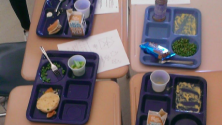
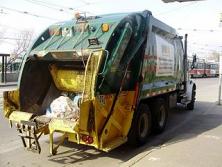
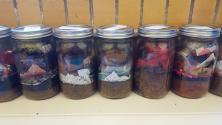
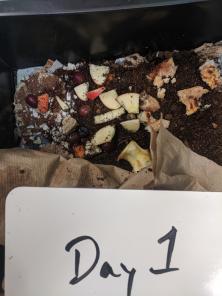
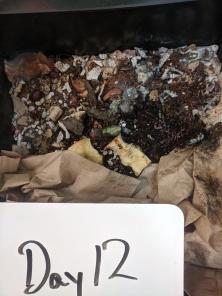
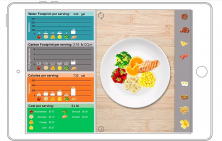
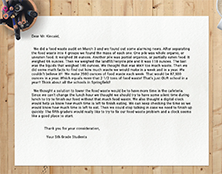
Teacher Guide
This document details the flow of lessons from the teacher perspective, including lab set-up and safety instructions, suggestions for discussion prompts, and examples of student work to assist in planning. Individual lessons from the Pathway document are included for reference, followed by detailed learning plans.
Student Activity Sheets
Lessons in the Teacher Guide reference specific activity sheets; you can find links to these sheets below. By making a personal copy of an activity sheet in Google Drive, you can modify it to suit your particular classroom's needs.
- Anchoring Activity: Used in Lesson 1 to help students organize their observations and questions about the anchoring phenomenon, a cafeteria at lunch time.
- Mason Jar Worksheet: Used in Lesson 2 to model and predict what will happen to food waste.
- Card Sort Activity: Used in Lesson 3 to think critically about how to reduce how much goes to landfills.
- What's on My Plate Activity: Used in Lesson 5 to investigate the water and carbon cost associated with students' favorite meals.
